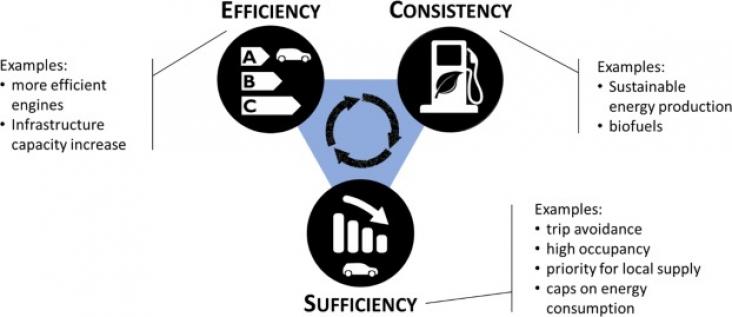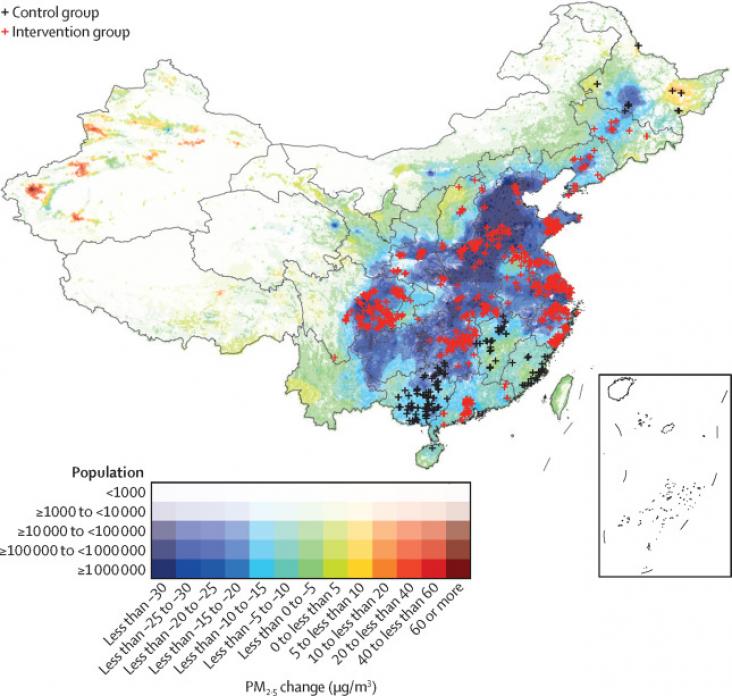Transportation is a basic social need, but most trips are done by private vehicles, which is not environmentally sustainable with growing urban populations.

Transport emissions play a large role in climate change. Unfortunately, measures to address this risk creating inequalities in access to mobility. This article proposes policy recommendations to reconcile these two problems.
Authors argue that 'we need a sustainability transformation of the digital transformation'. A long-term perspective is required to embed sustainability into the software engineering industry.
This paper examines a Native Hawaiian led effort to redress the removal of Indigenous Peoples from ancestral lands. This demonstration provides an important example of how biocultural strategies can achieve landscape restoration in Hawaiʻi. We outline how the Pu‘uwa‘awa‘a Community-Based Subsistence Forest Area is approaching common dryland restoration goals.
Land use and land cover changes in the Jedeb and Chemoga watersheds have been detected in the past 29 years.
This paper presents a water resilience assessment framework that includes a set of resilience indicators that will guide in building urban water resilience.

Background: Air pollution might accelerate cognitive ageing; it is unclear whether large-scale interventions, such as China's Clean Air Act (CCAA), can mitigate cognitive deterioration.
Elsevier,
Comparative Biochemistry and Physiology Part - B: Biochemistry and Molecular Biology, Volume 257, January 2022
This article advances SDG # 15 and # 11 by investigating one of the factors leading to the global decline of bee populations. Pathogens, which need overcome the insect defenses such as the physical barriers, the body cuticle and peritrophic matrix (primary defenses), as well as the secondary defenses with antimicrobial peptides (AMPs) and the enzyme lysozyme were evaluated according to cuticle maturation.
